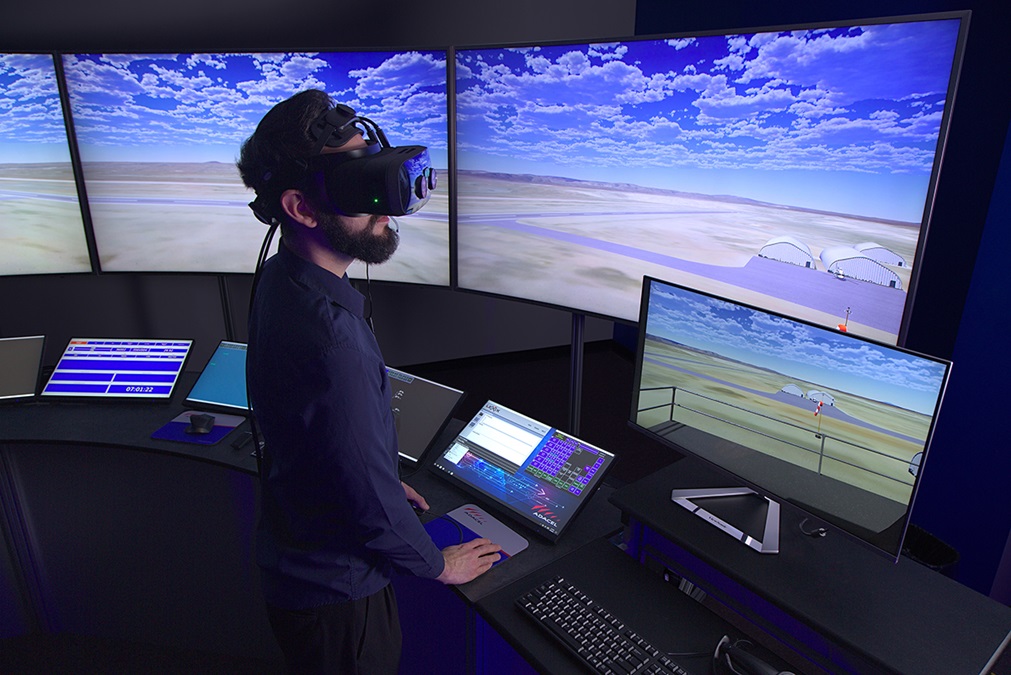Have you ever wished you could go into a specific world or interact with certain characters or artifacts? With rapid technological advancements, that very concept is now possible through Extended realities. Extended realities (XR) is the umbrella term for immersive technologies that involve augmented reality, virtual reality, and mixed reality.
Differences between augmented reality (AR), virtual reality (VR), and mixed reality (MR)
- AR: The use of a device like a phone to overlay digital elements to the world. We have AR glasses that would overlay holograms but we can’t interact with them.
- VR: The user has to put on a headset and it shows a completely different environment. The user can change the view by simply moving their head. The user needs controllers to manipulate the environment.
- MR: The user has a headset which shows semi-transparent holograms and scans your eyes, movements, and lets you interact with the holograms.
Impact to Educational Technology
Extended realities can be used in different industries as a tool to help with training. One particular emphasis is training for safety critical industries like air traffic control. Virtual reality and Mixed reality is used in simulation to train students to control and issue separation instructions to aircraft in a controlled environment. Simulation with virtual reality and mixed reality involves the concept of fidelity where fidelity refers to how closely simulation can mirror real life operational conditions. Coupled with the influence of artificial intelligence, researchers are developing simulations to provide students personalized learning tasks and feedback.
The development of extended realities and its application is evergreen as it provides a tool to various industries and educational institutions to supplement and improve current training programs.
Opportunity Forecast
The potential for this technology is virtually limitless in terms of the experiences that can be delivered to educational platforms. While in development and being used in experimental situations prior to the COVID-19 pandemic, use of and application of this technology has surged, even as we proceed further into this post-pandemic world. In 10 years, from 2021 to 2031, there is a projected forecast of a 400% surge in use of this technology. This is an investment of $530.8 billion in 2021 to $2,191.57 billion in 2031. With the combined demand of new ways of teaching students, finding new ways of adapting to students with different needs, and exposing students to the growing technology of the world around them, there is a lot of room for both development and implementation of immersive technology in classrooms and beyond.

Here is a sample look of a simulation environment from Adacel technologies.
Resources
OER on air traffic control and immersive experiences – prepared by Bianca Joson and Adam Turpin
The differences between AR, VR & MR
Benefits of VR and MR Technology in Air Traffic Control